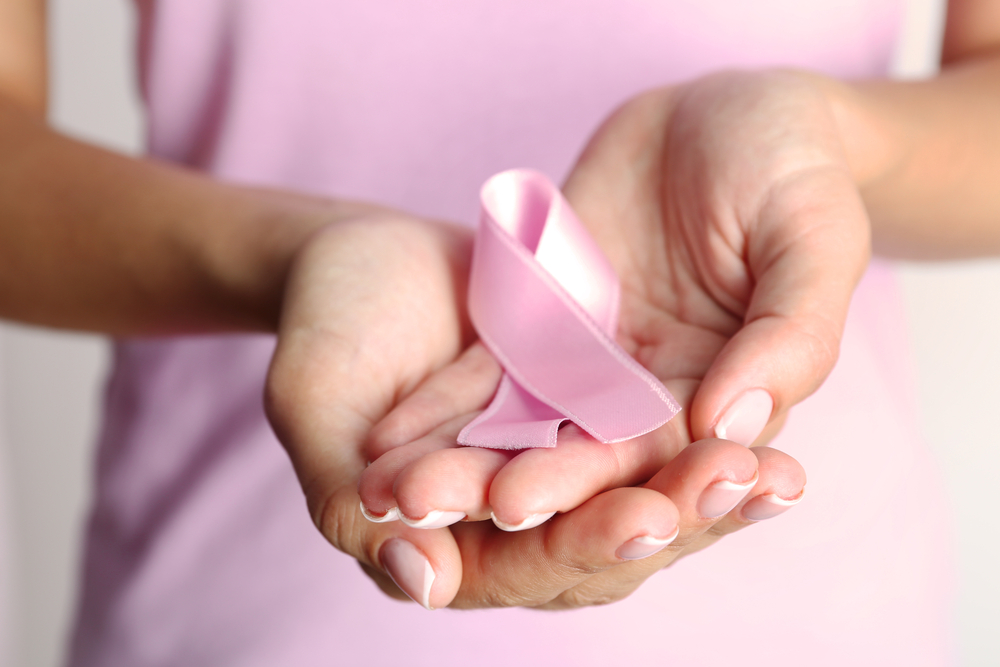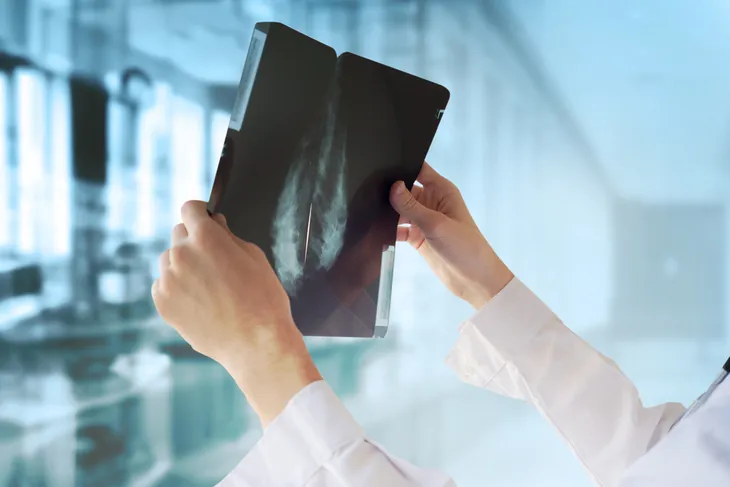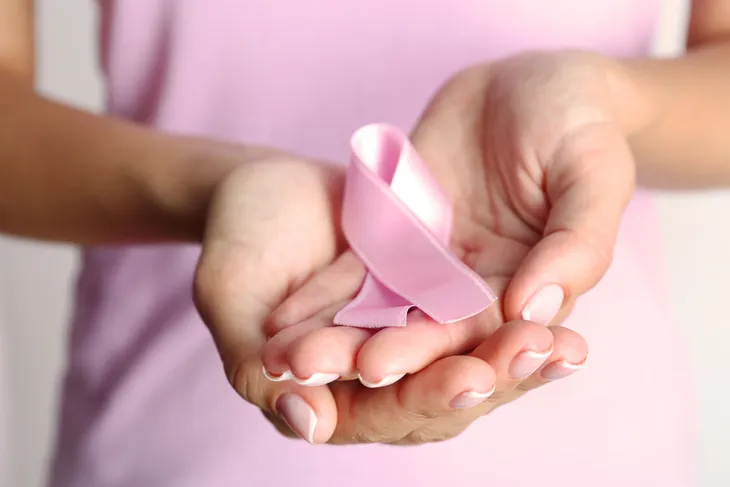Breast cancer is a very real threat to American women and others around the world. According to the American Cancer Society, it is actually the most common cancer in the U.S. among females and a staggering 12-percent of women will develop it during their lifetimes. Sadly, of the more than 230,000 new cases expected in the U.S. for 2015, more than 40,000 won’t survive.
Similar to many other common illnesses, there is a whole whack of information online and sometimes it’s hard to know what’s true and what isn’t. We’re here to dispel some myths about it. Here are 8 common misconceptions about breast cancer…
A Lump Means You Have Cancer
The National Breast Cancer Foundation assures you that if you find a lump in your breast, you shouldn’t jump to the direst conclusion. “Only a small percentage of breast lumps turn out to be cancer,” notes the website.
The foundation says to monitor the lump for any changes, or if it doesn’t seem to be going away on its own, then you should be booking a breast exam. If your doctor has any concerns, they can order scans to determine the nature of the lump.
Breast Cancer is Highly Hereditary
Many women believe they’re at much higher risk of developing breast cancer if there has been a history of it in the family. However, according to Breastcancer.org, only about 5- to 10-percent of cases are believed to be hereditary.
However, The National Breast Cancer Foundation says if you have immediate family (such as your mother) that has developed breast cancer under the age of 50, it’s probably a good idea to be screened regularly.
Deodorants and Antiperspirants Cause Breast Cancer
The National Cancer Institute says despite warnings in the media that underarm deodorants contain harmful substances that can lead to cancer; its researchers have not come across any conclusive evidence that proves any link between the two.
A study in 2002 did not report any increased risk for women using underarm agents such as antiperspirants, said the institute. The study was based on interviews with more than 800 women with breast cancer, and close to 800 without. A later study in 2006 also found no link, but did find a link with family history and the use of oral contraceptives.
Problems with Certain Genes Guarantees Cancer
Breastcancer.org said that two genes—BRCA1 and BRCA2—are often related to breast cancer that has been passed down from a family member. The source explains that everyone has these genes, which are meant to repair breast cells and promote cell growth.
If you have abnormal BRCA1 or 2 genes, it doesn’t mean you’re guaranteed to develop breast cancer (the chances are around 1 in 10 in this situation). Scientists are finding higher risks with mutations in chromosomes referred to as single nucleotide polymorphisms (SNPs) in women with an abnormal BRCA1 gene.
Breast Cancer Affects Only Women
While largely a female cancer, breast cancer affects more than 2,000 men in the U.S. per year and kills more than 400, according to the National Breast Cancer Foundation.
Men developing the disease usually find a hard lump under the nipple and areola. The foundation says that because breast cancer occurrences in men are lower, many men delay diagnosis leading to higher mortality rates.
Bra Type Can Increase Risk of Breast Cancer
Health.com says that there are many women who believe that wearing an underwire bra puts them at higher risk for breast cancer. The belief is that the wire compresses the breast, stinting the lymphatic system and accumulating toxins as a result.
The expert consensus debunks this myth, assures Health.com. It says it doesn’t matter what type of bra you wear or how tight your clothing is, there’s no proven correlation to developing breast cancer.
Breast Implants Significantly Increase Cancer Risk
The Mayo Clinic says there has been a possible link to breast implants and breast cancer—but that the occurrence is very low, and more research is needed to determine the extent of the connection.
The clinic explains that The Food and Drug Administration (FDA) identified a “possible association” between implants and anaplastic large cell lymphoma (ALCL), which it describes as a “very rare cancer of the immune system”. How rare? The clinic notes that only 3 in 1-million women a year are diagnosed with ALCL of the breast each year.
Breast Size is Directly Related to Breast Cancer Risk
The bigger the breast, the bigger the chance of breast cancer, right? Not entirely true, said Health.com. It says there’s no concrete connection between breast size and breast cancer risk.
However, the website does say it may be more difficult to detect breast cancer in larger breasts with clinical breast exams by doctors and even with advanced imaging. Regardless of your cup size, you should get screened regularly for breast irregularities, it adds.











